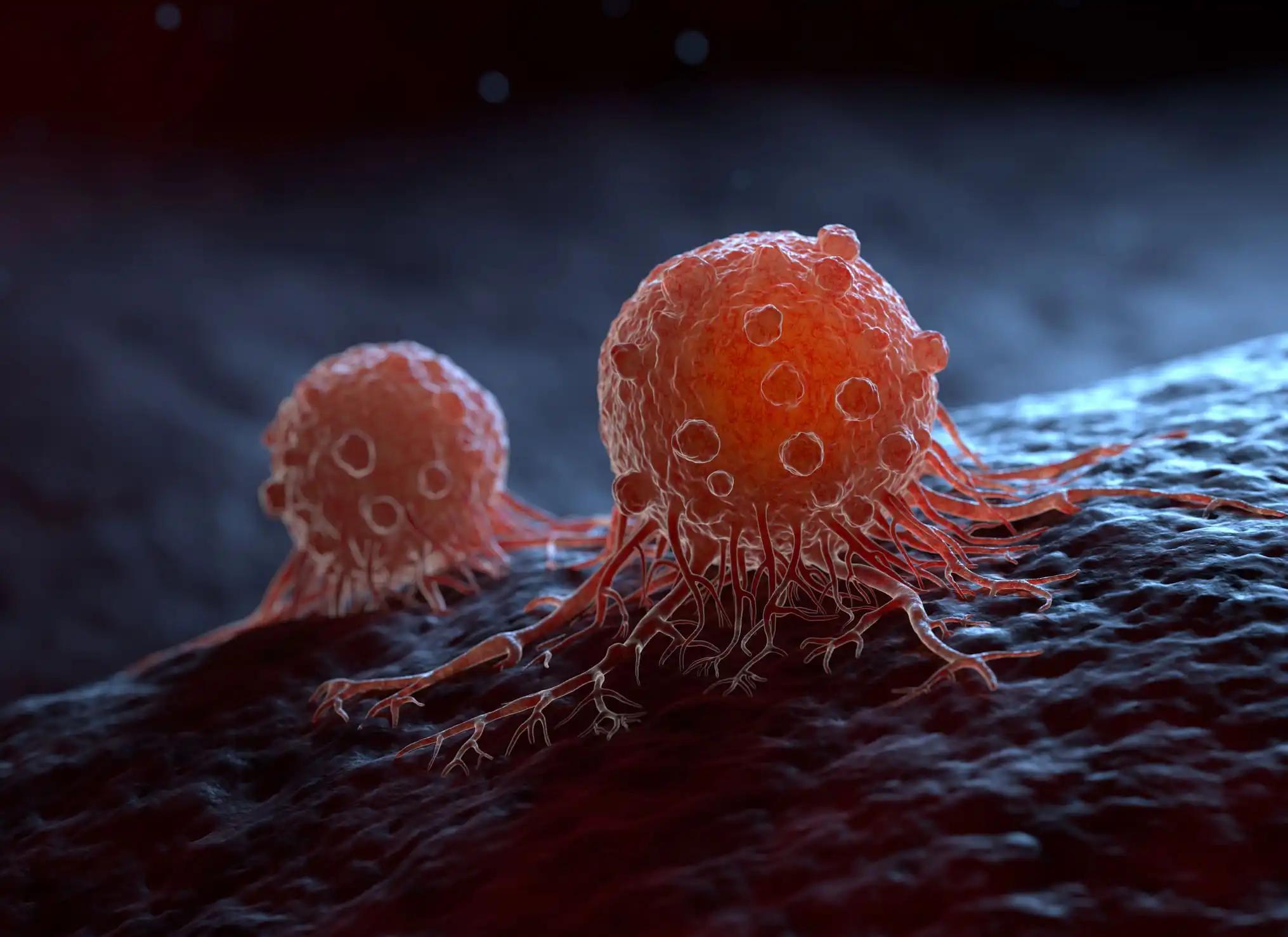KEY TAKEAWAYS
- The UPSTREAM phase 2 trial aimed to investigate the molecular landscape and immune micro-environment of platinum and PD-1 inhibitor-resistant R/M SCCHN.
- Researchers noticed significant alterations in the tumor molecular landscape and PD-1 inhibitor-resistant R/M SCCHN pts; additional outcomes will be provided later.
Characterization of the tumor molecular landscape and immune micro-environment (TIME) in recurrent and/or metastatic (R/M) squamous cell carcinoma of the head and neck (SCCHN) patients (pts) who experience progression following platinum therapy and PD-1 inhibitors is critical for informing the development of targeted therapeutic strategies.
Athénaïs Van Der Elst and his team aimed to access the intricate molecular alterations and immune dynamics in treatment-resistant R/M SCCHN.
The study analyzed tumor biopsies from R/M SCCHN pts in the EORTC-1559 biomarker-driven investigation. Employing WES, RNA-seq, multiplex immunofluorescence (mIF), and IMC within IMMUcan, the research aimed to unveil comprehensive molecular insights for improved understanding of the disease.
About 252 pts with 132 HPV-negative R/M SCCHN in disease progression were included in the study. Of these, 112 had prior anti-PD1 treatment (anti-PD1-exposed), while 20 were anti-PD1 naive. Pathogenic mutations in KEAP1 and focal amplifications in MDM2, LRP5, and deletions in APLNR were more frequent in anti-PD1-exposed pts compared to anti-PD1-naive ones.
RNA-seq analyzed on 108 pts revealed that anti-PD1-exposed tumors, in contrast to anti-PD1-naive tumors, were enriched in cytoskeleton, cell adhesion, and DNA repair gene modules. These genes showed specific loci characterized by high GC content and transcriptional factor motifs like DNMT1.
Among anti-PD1-exposed pts , those treated with anti-PD1 as the last treatment before tumor biopsy exhibited enrichment in interferon response and immune activation gene sets, along with higher expression of LAG3.
IMC analysis in 91 pts showed that those with anti-PD1 as the last treatment trended toward higher global densities of CD4, CD8, Treg, and PDL1+ macrophages. Local densities of 13 immune cell types were compared, identifying three clusters: group 1 with infiltrating neutrophils, group 2 with diverse immune cells excluding neutrophils, and group 3 excluded for all immune cell types.
The study concluded, by presenting the comprehensive global landscape of genetic, phenotypic, and TIME changes induced by the selective pressure of PD1 inhibition in R/M SCCHN. These findings hold implications for the field and are currently undergoing validation in another prospective cohort within the IMMUcan consortium. The trial is ongoing, and results are yet to be presented.
The study is sponsored by European Organisation for Research and Treatment of Cancer – EORTC
Source: https://cslide.ctimeetingtech.com/immuno23hybrid/attendee/confcal/show/session/34
Clinical Trial: https://clinicaltrials.gov/study/NCT03088059
Elst A V D, et al. (2023).”Post-anti-PD1 tumor characterization of HPV-negative R/M SCCHN: an EORTC IMMUcan sub-project” Presented at ESMO IO 2023 (Abstract 186P).



